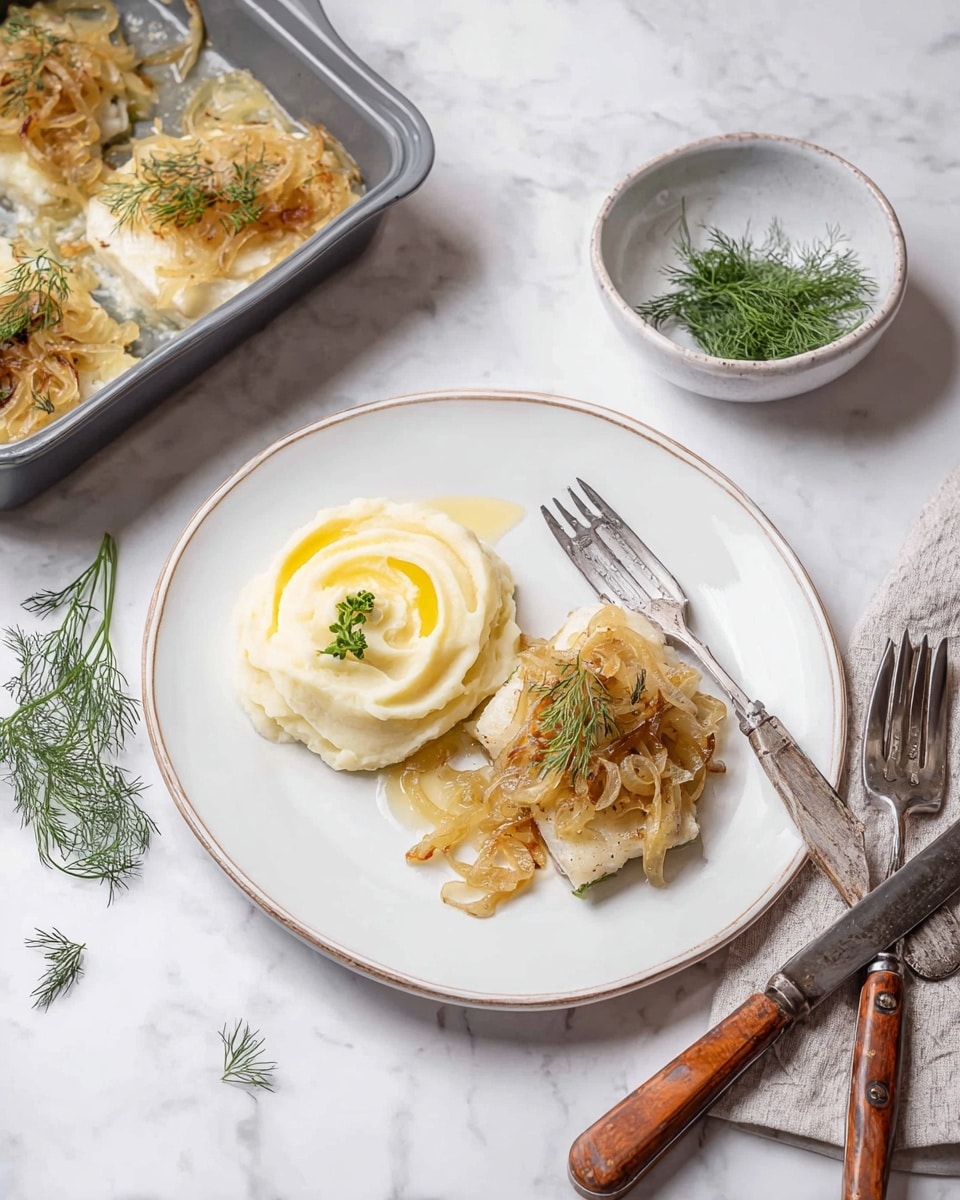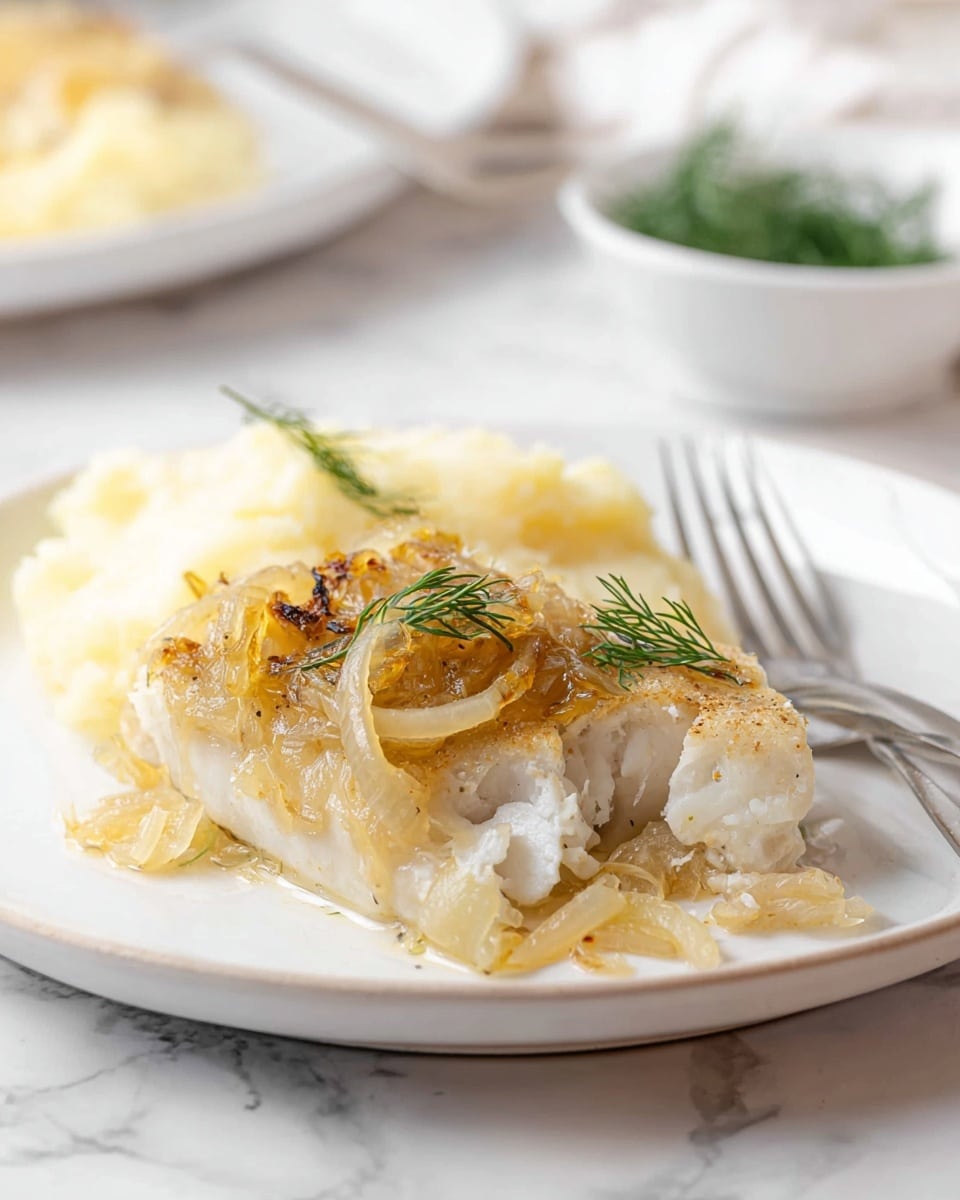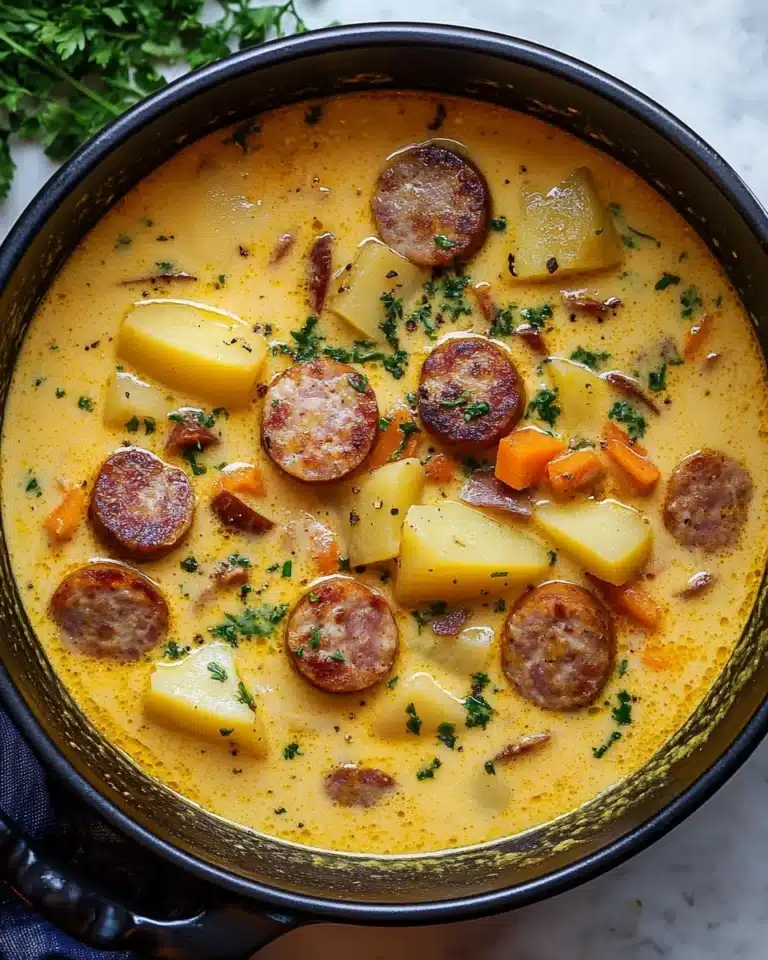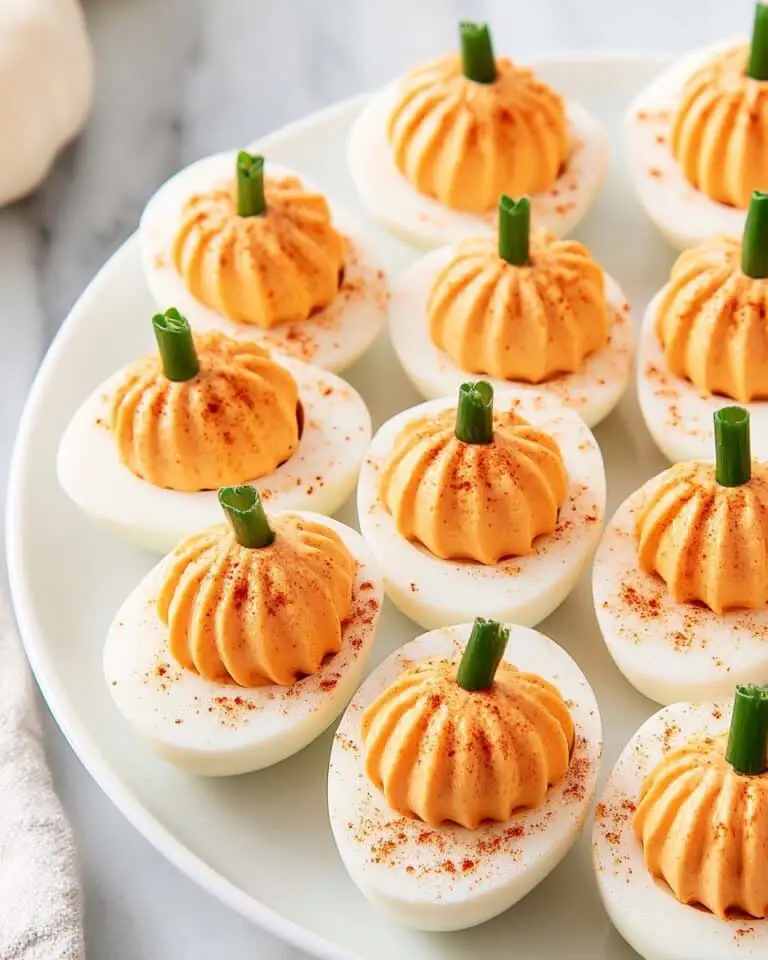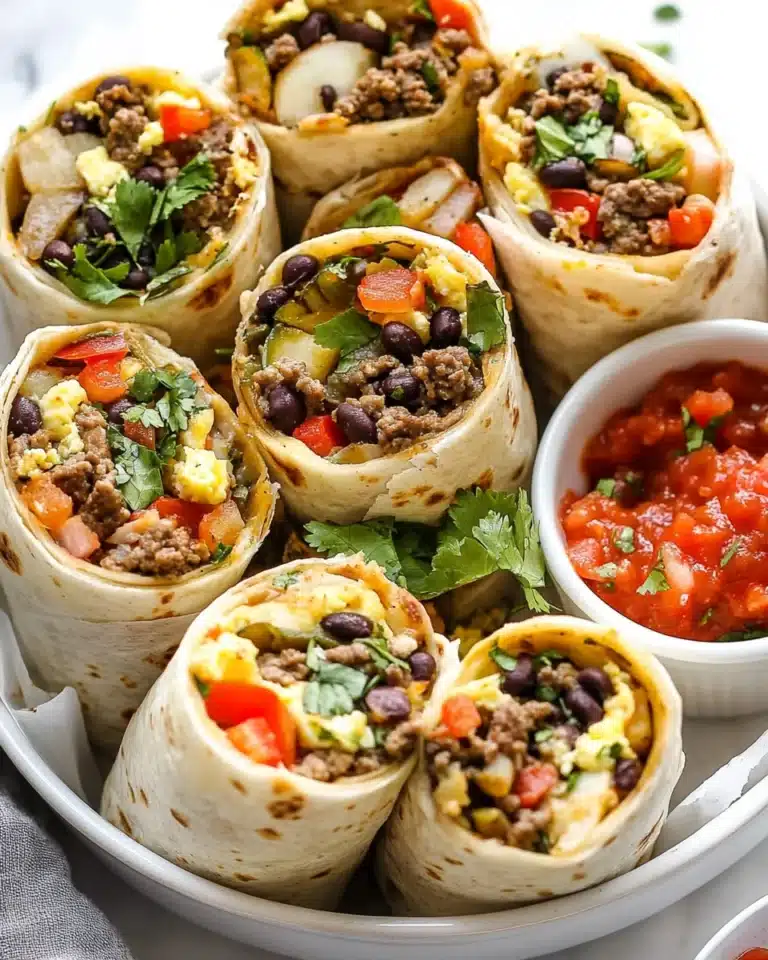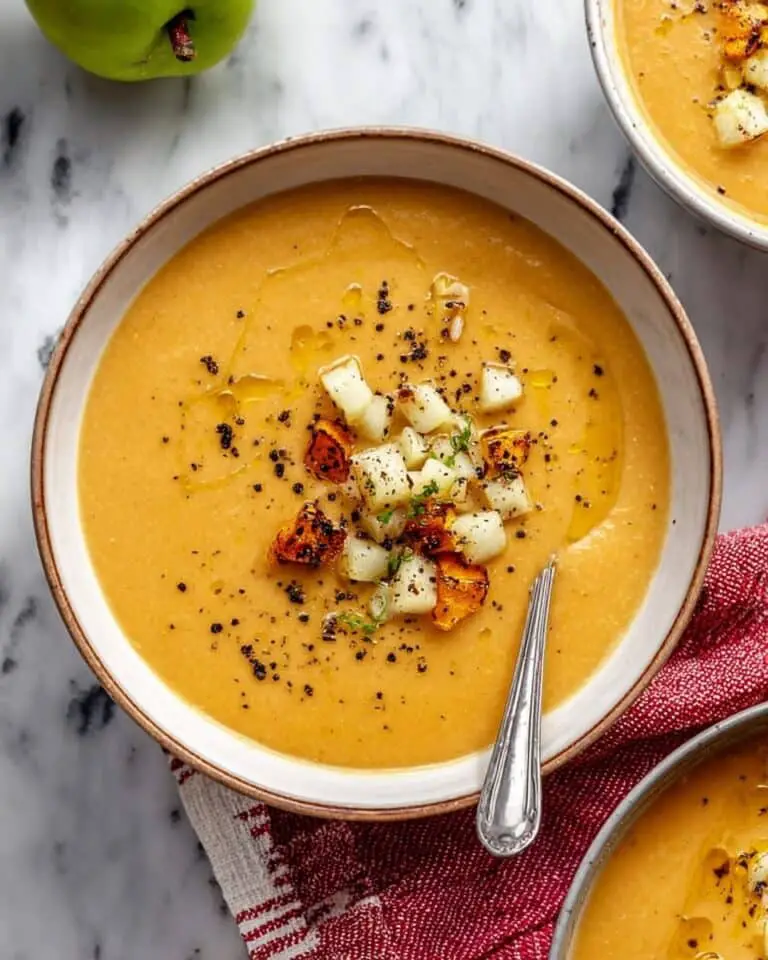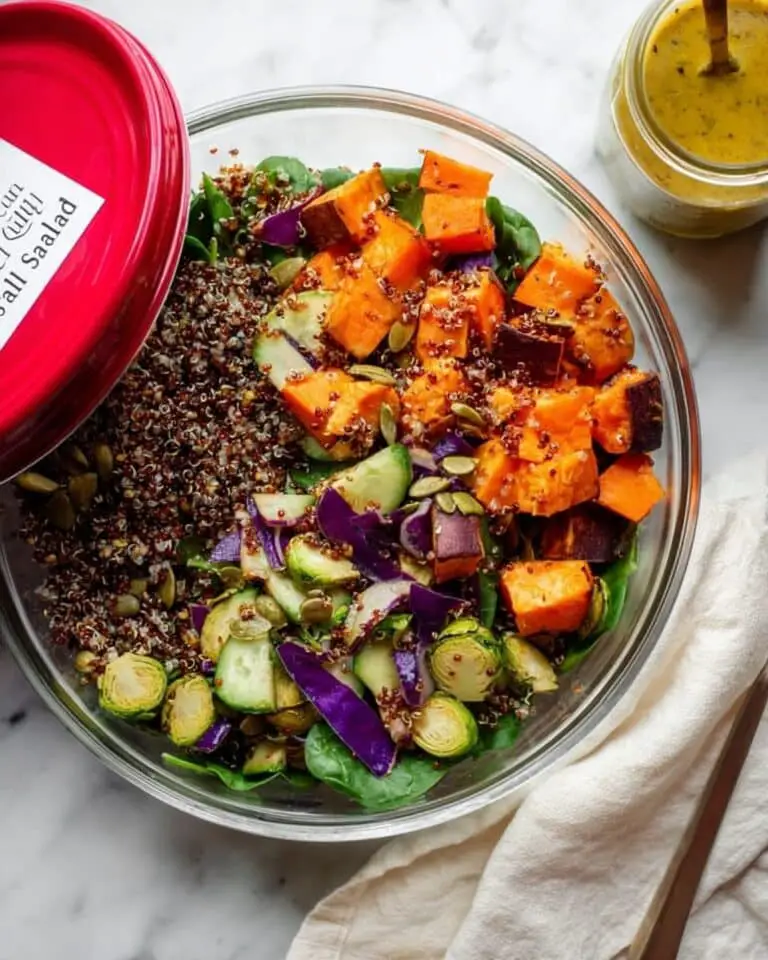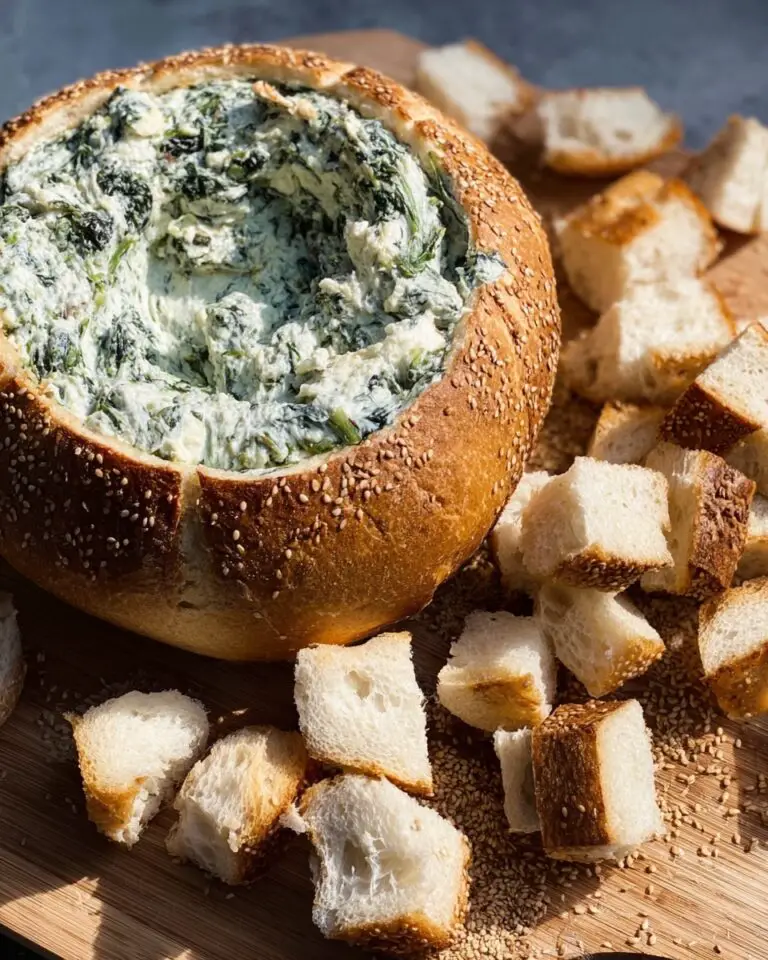If you’re looking for a dish that’s as simple as it is stunning, with layers of flavor that’ll make you swoon every time, this Hake with Onions and Dill Recipe is exactly what you need. Trust me, once you try this, you’ll find yourself coming back to it again and again — it’s fresh, vibrant, and perfect for a weeknight dinner or a relaxed weekend meal.
Why You’ll Love This Recipe
- Simple and Elegant: With just a handful of ingredients, this dish feels special without any fuss.
- Bold Flavors: The combination of onions, sherry, and fresh dill creates a beautiful balance that wakes up your taste buds.
- Healthy and Light: It’s a low-calorie, protein-packed choice that doesn’t skimp on flavor.
- Perfect for Any Skill Level: Whether you’re a seasoned cook or a kitchen newbie, you’ll nail this recipe every time.
Ingredients You’ll Need
The magic of this Hake with Onions and Dill Recipe is really in the simplicity and quality of the ingredients. Each one plays a role, whether it’s the silky softness of sautéed onions or the fresh bite of dill. Here’s what you want to focus on when shopping.
- Extra virgin olive oil: Choose a good-quality one since it adds a fruity richness at both cooking and finishing stages.
- Medium onions: Thin slicing is key here to get that melt-in-your-mouth caramelized texture.
- Manzanilla or fino sherry (or very dry white wine): This adds a subtle acidity and depth—don’t skip it if you can help it.
- Hake fillets: If you can’t find hake, cod, haddock, or flounder work just as well—just make sure they’re fresh or properly thawed.
- Sea salt and freshly ground pepper: Fresh seasoning always makes a difference.
- Bread crumbs: They add a lovely slight crunch on top, so don’t overlook them.
- Fresh dill: This herb makes the dish bright, fresh, and unmistakably Mediterranean.
- Garlic cloves: Minced fine to blend beautifully into the topping.
Variations
I love how versatile this Hake with Onions and Dill Recipe is, so don’t hesitate to make it your own. Over time, I’ve played around with a few tweaks that you might want to try for your personal twist.
- Spicy Kick: I once added a bit of crushed red pepper flakes to the onion sauté and it added such a nice warmth without overpowering the flavors.
- Herb Swap: If you don’t have fresh dill, tarragon or fresh parsley can work in a pinch—just keep the herb fresh to maintain brightness.
- Wine Alternatives: On nights when I’m out of sherry, a crisp dry vermouth or even a splash of white wine vinegar mixed with water works surprisingly well.
- Make it Heartier: Adding thinly sliced potatoes beneath the fish can create a rustic, comforting one-pan meal.
How to Make Hake with Onions and Dill Recipe
Step 1: Perfectly Sauté the Onions
Start by warming 3 tablespoons of extra virgin olive oil in a large pan over medium-high heat. Toss in your thinly sliced onions and stir them frequently for a couple of minutes—you’re aiming to soften them without browning too quickly. Then cover the pan, lower the heat, and let them gently cook for about 10 minutes, stirring occasionally. This slow-cooking process brings out the onions’ natural sweetness, setting a rich base for the dish.
Step 2: Add the Sherry and Reduce
Once your onions are tender and sweet, crank the heat back up to medium and pour in ¾ cup of manzanilla or fino sherry. Watch as it bubbles away and reduce by about three-quarters—that’s going to concentrate the flavor and add a lovely depth that pairs perfectly with the delicate fish.
Step 3: Layer and Season the Fish
Transfer the reduced onions into a baking dish, spreading them out. Place your hake fillets on top and season generously with sea salt and freshly ground pepper. You want the seasoning to enhance the fish without overpowering it—remember, you can always add more at the table.
Step 4: Make the Dill Garlic Topping
Now, mix together 3 cloves of minced garlic, 4 teaspoons of breadcrumbs, and a handful of chopped fresh dill. Sprinkle this mixture over the fish, then finish by drizzling extra virgin olive oil liberally across the top. This mixture bakes into a beautiful, golden, herbaceous crust that’s absolutely irresistible.
Step 5: Bake and Enjoy!
Bake everything at 400°F (205°C) for about 15 minutes. You’re aiming for the fish to be cooked through, tender, and flaky, with an internal temperature of around 140°F (60°C). Peek in near the end to avoid overcooking—the fish should still be moist and melt-in-your-mouth soft.
Pro Tips for Making Hake with Onions and Dill Recipe
- Thinly Slice Onions: Taking the extra few minutes to thinly slice means they cook evenly and become beautifully tender.
- Use Fresh Dill: I learned the hard way that dried dill doesn’t deliver the same punch—fresh really makes all the difference.
- Don’t Rush the Sherry Reduction: Letting it reduce fully concentrates flavor and prevents the dish from being too watery.
- Watch the Fish Closely: Fish cooks fast—overdoing it makes it dry. Keep an eye, and check texture early.
How to Serve Hake with Onions and Dill Recipe
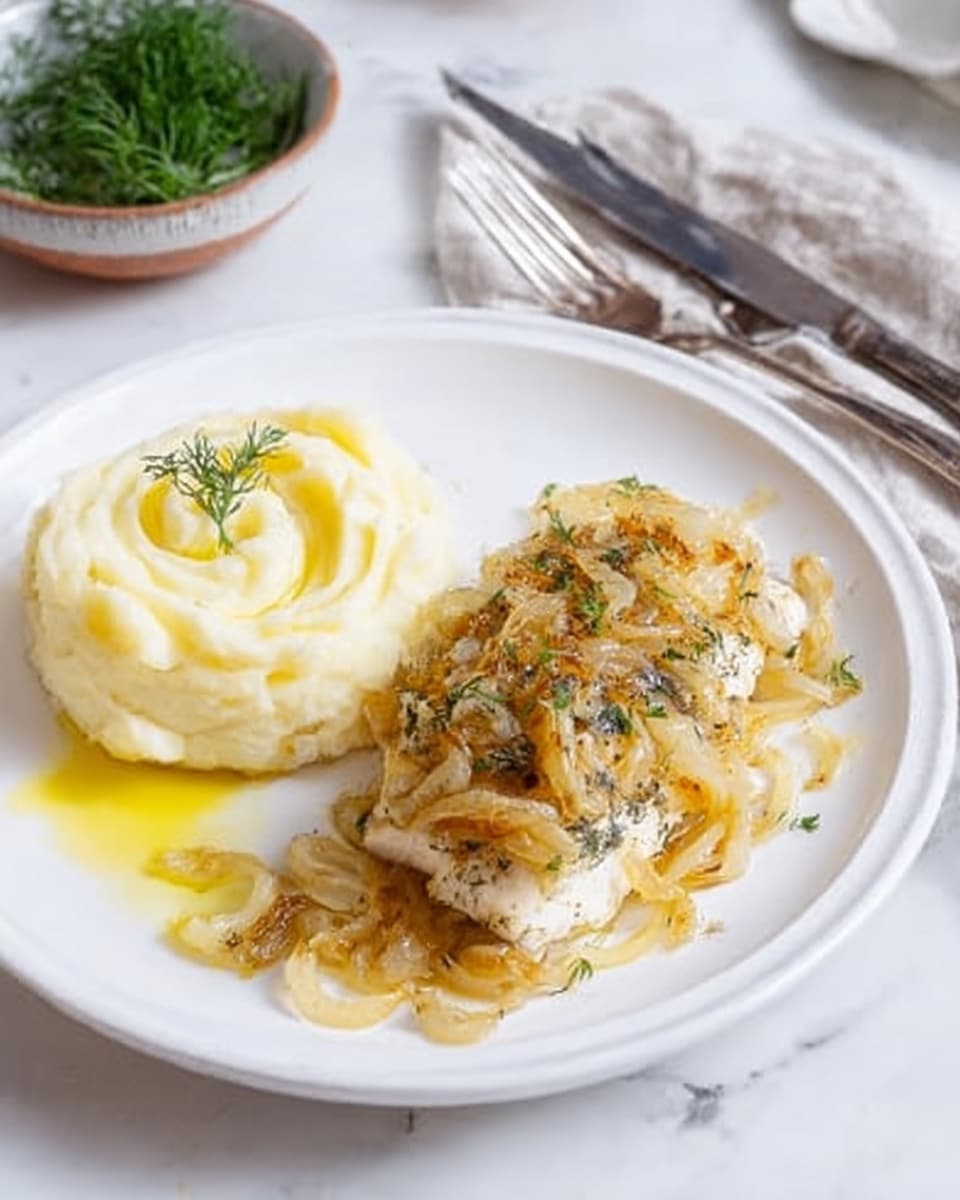
Garnishes
I like sprinkling a little extra fresh dill right before serving to amp up the herbal freshness. A lemon wedge on the side is optional but adds a bright zing that cuts through the richness beautifully—my family loves squeezing lemon juice on their portions.
Side Dishes
This hake pairs perfectly with simple sides like fluffy rice, silky mashed potatoes, or even light couscous. On busy evenings, I often serve it with steamed broccoli or green beans to add a fresh, crunchy contrast.
Creative Ways to Present
For a dinner party, I’ve layered the hake over a bed of sautéed spinach or wilted Swiss chard, then drizzled extra olive oil and scattered toasted pine nuts on top for some crunch—it elevates the dish from humble home-cooked to restaurant quality effortlessly.
Make Ahead and Storage
Storing Leftovers
I store leftovers in an airtight container in the fridge, preferably the same day. The fish holds up pretty well for up to 2 days, but the topping is best eaten fresh to keep its texture. Reheat gently to avoid drying out the hake.
Freezing
I’ve frozen cooked hake with onions and dill once or twice, but honestly, the texture suffers a little upon thawing because fish is delicate. If you plan to freeze, I recommend freezing the fish and onions separately from the breadcrumbs and fresh dill topping.
Reheating
When reheating, I gently warm leftovers in a low oven (around 300°F / 150°C) covered loosely with foil to keep moisture in. This helps maintain the tender texture without overcooking. Adding a drizzle of olive oil before warming refreshes the dish beautifully.
FAQs
-
Can I substitute hake with other types of fish in this recipe?
Absolutely! While hake is traditional, similar flaky white fish like cod, haddock, or flounder work wonderfully. Just choose fresh fillets and adjust cooking time as needed since thickness can vary.
-
What type of wine should I use if I don’t have manzanilla or fino sherry?
If you can’t find manzanilla or fino sherry, a dry white wine like Sauvignon Blanc or Pinot Grigio is a great substitute. Alternatively, a splash of white wine vinegar diluted with a bit of water can also add brightness.
-
Can this dish be made ahead of time?
You can prep the onions and sherry reduction in advance to save time; just reheat gently before layering with the fish. However, it’s best to bake and serve the fish fresh for optimal texture and flavor.
-
How do I know when the hake is fully cooked?
The fish should flake easily with a fork and reach an internal temperature of 140°F (60°C). It cooks quickly, so check it around 12-15 minutes to avoid drying out.
-
Is there a gluten-free version of this recipe?
Yes! You can swap regular bread crumbs for gluten-free breadcrumbs or crushed nuts like almonds to keep the topping crunchy.
Final Thoughts
I absolutely love how this Hake with Onions and Dill Recipe turns out every time—it’s a perfect representation of simple, honest cooking that delivers big, satisfying flavors without any complicated techniques. When I first tried this recipe, I was amazed by how such a straightforward combination could feel so fresh and special. I hope you enjoy making it as much as I do; it’s the kind of dish you’ll want to save for both busy nights and dinner parties. Give it a go, and I promise it’ll quickly become a favorite in your kitchen too!

